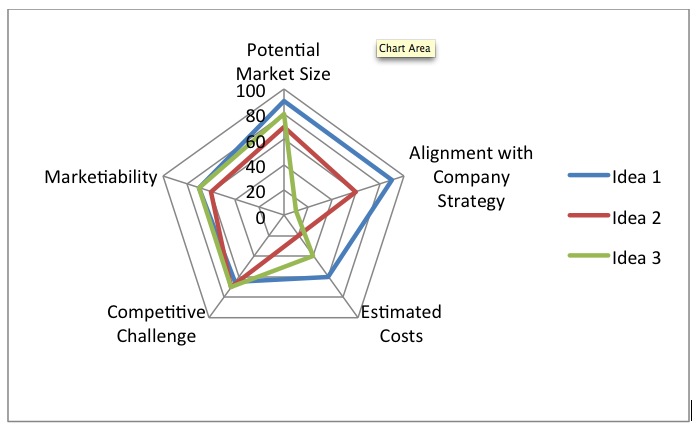The short and straightforward answer is no one knows. I don’t believe anyone can ever be 100% sure on whether their idea is worth built into product/offering because either by the time you become 100% sure you will see businesses around the same idea (very likely) or no one else has had the same genius as yours to figure out that market is un-served (less likely but happens). If you are an entrepreneur trying to serve a market, however niche or broad or unknown it may be, must trust your business sense. Of course you can do some validation of your potential market but don’t overdo it as history proves that most products/offering, which became extremely successful didn’t have much market validation effort going for them. For example, I don’t believe anybody told
- Thomas Alva Edison that they wanted LIGHT BULB
- Henry Ford that they wanted a CAR
- Bill Gates that they wanted WINDOWS/IE
- Steve Jobs that they wanted iPOD/iPhone/iMAC
- Jerry Yang that they wanted a SEARCH ENGINE
Also, I don’t think one should take the feedback very seriously because following examples show that potential customers may not get the value of solution at first shot (like that helps J)
- POST-IT – POST-IT notes didn’t really pick up sales when it was launched first 1977 as consumers had not tried it. Eventually, it became successful product when 3M issued free samples to residents of Boise, Idaho, and 90 percent of the people who tried them said that they would buy the product. It was only after that free trial the product sales picked up and started showing success in 1979. [1]
- iPod – iPod didn’t really pick sales when it was launched in late 2001 but eventually its sales picked up (2 years after its launch) and started showing success in 2003-2004.[2]
On the contrary it’s possible that you have a great idea but you don’t take action for some time and then you see that somebody else has built big business out of it. I guess Innocenzo Manzetti & Elisha Gray from 19th century would have agreed to this (had they been alive) after learning about what Alexander Graham Bell did with their innovation – Telephone [3].
Of course, if you decide or must do some market validation for your idea(s) then the following process diagram illustrates how one can reach GO/NO GO decision once the idea(s) is(are) evaluated
 Figure: Idea Validation Process
Figure: Idea Validation Process
During various process phases you can use following techniques to perform activities required for that phase. As you can imagine the techniques depend heavily on the amount of information available for evaluation
 Figure: Screening, Concept Testing & Business Model Validation Techniques
Figure: Screening, Concept Testing & Business Model Validation Techniques
While screening I recommend you pay attention to following factors (in the order of importance)
- Demand/Market need
- Corporate synergy
- Marketability
- Product advantage
- Buyer behavior
- Competition
- Channel behavior
- Technology feasibility
- Makeability
If you have multiple ideas you are considering then when reasonably complete with the market research I recommend you draw a radar chart to see which potential idea you should take up. This same technique can be used by product managers to ascertain which feature should get implemented when they have competing features – albeit with different axis.
 Figure: Market Validation Map
Figure: Market Validation Map
As you can see the radar chart provides a good view of how things stack up across multiple product ideas. Now, this is what I would do for screening the potential idea(s), what would you do?
[1] http://en.wikipedia.org/wiki/Post-it_note
[2] http://en.wikipedia.org/wiki/IPod
[3] http://en.wikipedia.org/wiki/Telephone